ISS Experiment Reveals How We Could Mine Rocks in Space With 400% Efficiency0
- From Around the Web, Space
- November 11, 2020
Obtaining minerals in space may be a little easier than we’d thought – with the help of some of Earth’s tiniest inhabitants.
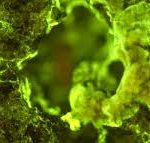
Obtaining minerals in space may be a little easier than we’d thought – with the help of some of Earth’s tiniest inhabitants.
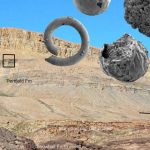
When and how did the first animals appear? Science has long sought an answer to this question. Uppsala University researchers and colleagues in Denmark have now jointly found, in Greenland, embryo-like microfossils up to 570 million years old, revealing that organisms of this type were dispersed throughout the world. The study is published in Communications Biology.
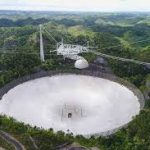
It’s the second cable snap for Arecibo in just three months.
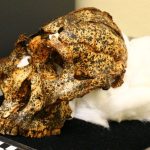
Australian researchers say the discovery of a two-million-year-old skull in South Africa throws more light on human evolution.
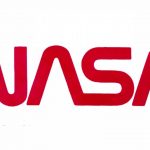
NASA Administrator Jim Bridenstine has revealed that he will be leaving as head of the space agency under the Biden administration even if asked to remain. Bridenstine explained that he believes it is in the best interest of NASA that its administrator has ‘a close relationship with the president’ and who is trusted by the administration.

Why these Bigfoot researchers are so committed
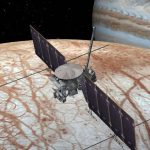
Europa’s possible ‘ice glow’ could contain clues about its surface composition

Technology seen as a vital component in preparations to establish permanent lunar base
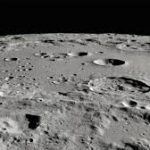
The asteroid in question, called (101429) 1998 VF31, is part of a group of trojan asteroids sharing the orbit of Mars.
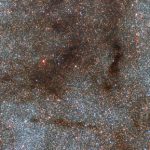
Most stars in the central 1,000 light-years of the Milky Way’s hub formed when it was swollen with infalling gas more than 10 billion years ago, according to astronomers from the Blanco DECam Bulge Survey.